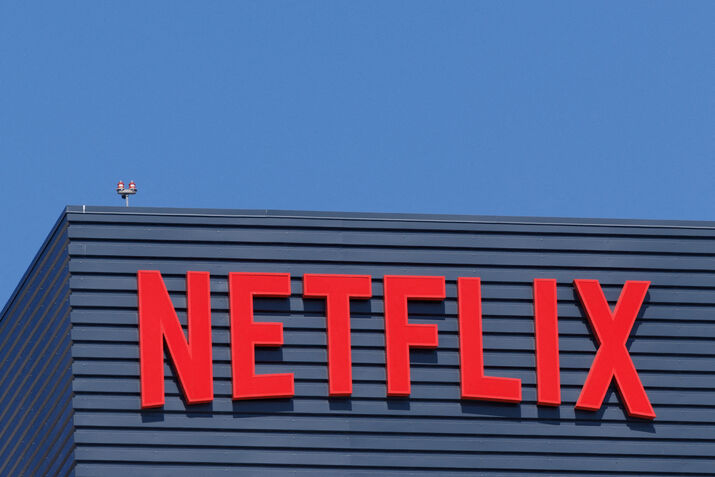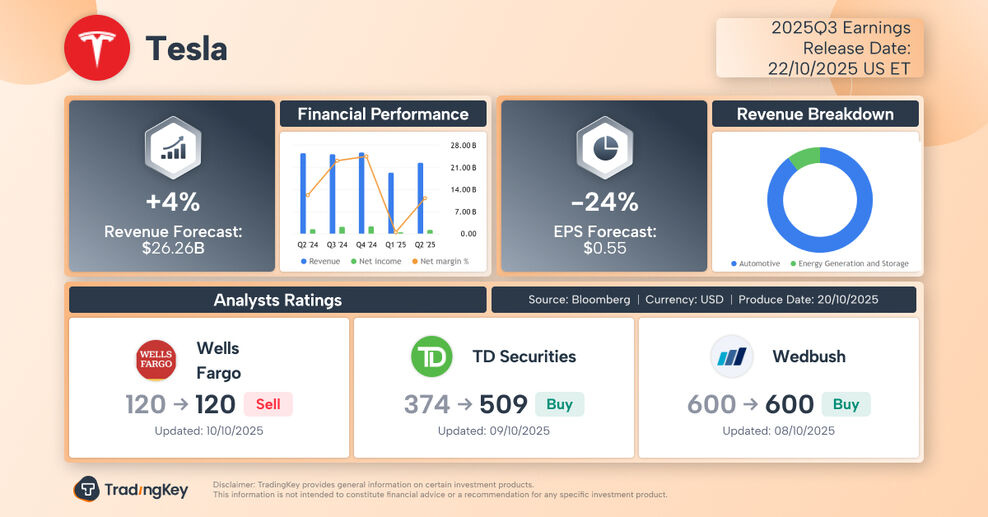TREASURIES-US bonds rise as investors eye Fed rate cut, delayed inflation data

By Gertrude Chavez-Dreyfuss
NEW YORK, Oct 21 (Reuters) - U.S. Treasuries rose for a second straight session on Tuesday, pushing their yields lower and with not much of a catalyst moving the market, as investors continued to position for the prospect of multiple Federal Reserve interest rate cuts in the rest of 2025 and next year.
Ahead of the U.S. central bank's policy meeting next week, Fed officials are currently in a blackout period in which they are temporarily restricted from making public comments or speeches about monetary policy.
Bond investors will be looking to the release on Friday of the Consumer Price Index report for September for clues on whether or not inflation remains under control. The CPI excluding volatile food and energy items is expected to have increased 0.3% on a month-over-month basis, according to the consensus forecast of economists polled by Reuters. That reading would be unchanged from August.
A three-week shutdown of the U.S. government has delayed the release of the CPI report and many other economic indicators.
"We're not running away to lower rates with the lack of data," said Gregory Faranello, head of U.S. rates strategy at AmeriVet Securities in New York.
"But the rate market remains firm with room for lower yields in the U.S. 10-year (note). With the Fed priced on the short-end for what we know ... we view a continued move lower from here consistent with a flatter yield curve," he noted.
The Fed is expected to reduce rates two more times this year, with a quarter-percentage-point cut baked in for the October 28-29 meeting, according to LSEG calculations using rate futures. For 2026, the fed funds futures market has priced in three more 25-basis-point cuts.
'BOND MARKET HAS ROOM TO RALLY'
In afternoon trading, the benchmark 10-year yield slipped 2.7 bps to 3.961% US10YT=RR, while 30-year bond yields were down 3.3 bps at 4.546% US30YT=RR.
On the shorter end of the curve, U.S. two-year yields, which reflect interest rate expectations, slipped 1 bp to 3.455% US2YT=RR.
"I still think the bond market has room to rally even with the economy expected to continue to grow in the short term," said Vinny Bleau, director of fixed income capital markets at Raymond James in Memphis.
"The low of 3.85% from April might be the lowest 10s (10-year notes) get this year. Into next year, I think if the Fed continues to ease some, the job market weakens more, or some combination of factors, 10s could fall to around 3.60% to 3.70% which are the lows reached in late September/early October of last year," he added.
Moves in the Treasury market were also fairly contained in narrow ranges, with the federal government now in its second-longest shutdown along with the 1995-1996 closure.
The easing of U.S.-China trade tensions also has helped support bids for Treasuries. U.S. President Donald Trump on Monday expressed optimism about a potential fair trade deal with Chinese President Xi Jinping, following his previous comments that the hefty U.S. tariffs on China are "not sustainable."
The yield curve, meanwhile, continued to bull flatten, with the spread between U.S. two-year and 10-year yields at 50.2 bps US2US10=TWEB, from 52.3 late on Monday. The curve hit 50 bps on Tuesday, the flattest since September 17, suggesting possibly that investors have lowered their inflation expectations.
A bull flattening curve refers to a scenario in which long-term rates are falling more quickly than those on the short end of the curve, and typically precedes Fed rate cuts.






-f8d64d3844fb416dac43dbc6861db8ff.jpg)
